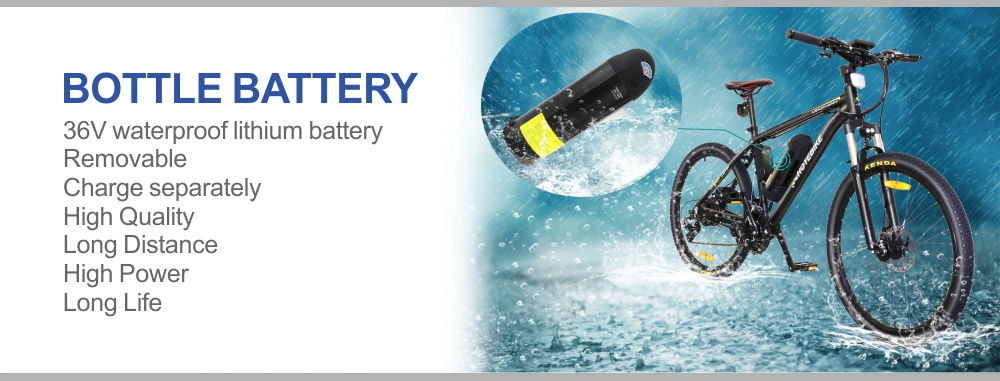E-bike is a changeable problem because it depends on many variables, such as:
How many pedals are you doing?
How high is the terrain?
Total weight of bicycles with batteries, cyclists and luggage?
Wind?
A very rough approximation of pure electric distance is to divide the battery’s power hour by 12 to get kilometers or 20 to get miles. For example, a lead-acid battery will give us about 84/12 = 7 kilometers (4.2 miles). So if we multiply the distance by 3, we will get a net power range of about 21 kilometers (13 miles). Again, this is pure electric, no pedals. If we finally step on the pedal, it’s easy to double the range.
If you want more lithium-ion batteries, you can easily double or even triple them. Within 63 kilometers (39 miles), lithium-ion batteries weigh 3.6 kilograms (7.9 pounds) and lead-acid 21 kilograms (45 pounds)!
It is easy to see that lithium-ion batteries are lighter and smaller than lead-acid batteries.

The main disadvantage of lithium ion is cost. The cost of lithium-ion batteries is two to four times that of lead-acid batteries. Special and dedicated lithium-ion batteries for bicycles are usually equipped with appropriate chargers and BMS. If you’re looking for the cheapest option instead of lead acid is your answer, but in my opinion, if you have extra money, lithium-ion batteries are the best choice.
 hotebike
hotebike